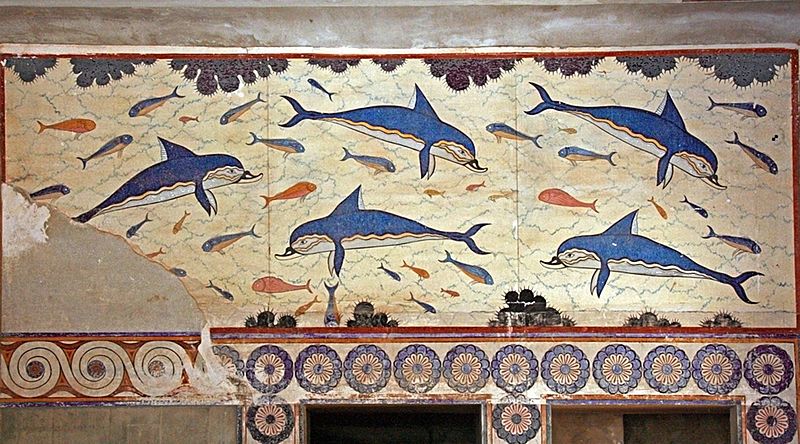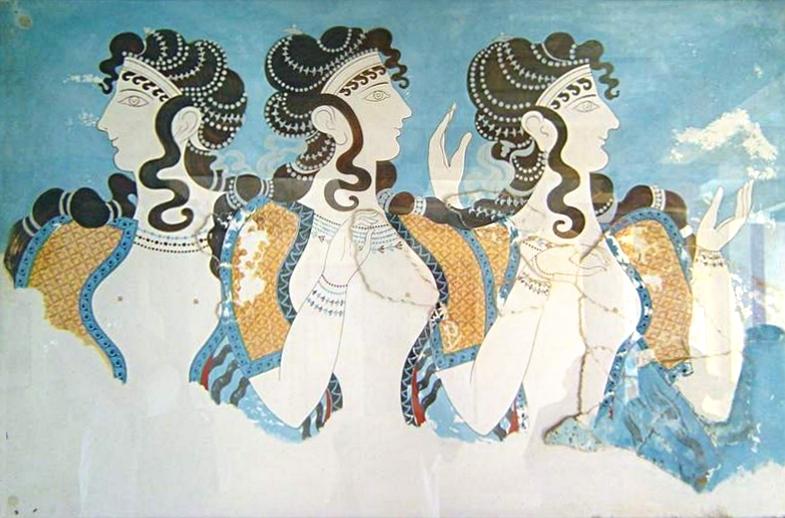This is a project I’ve wanted to do for quite awhile. When I first started developing History DNA, we used to rate the Historical figures by character trait right in class. We’d learn a little about each person and then fill out surveys, and fill in the (at the time, hand drawn) card right then. It was a lot of fun, but sort of time-consuming, and not terribly accurate. The problem was that it was difficult to keep in mind from week to week, where each new historical figure fit in to the overall deck. A person might be given a really high score for intelligence, but then later when an even smarter person was added to the deck, there would be no way to distinguish between them. It’s an ongoing problem. A year or so ago, I completely redid the list because it had gotten so distorted by adding new people to the deck bit by bit.
So, I think the solution is to crowd-source it. I’m in the process of making surveys for all the people in the deck. They’re just quick surveys rating each person on six traits from 1 to 10. Look at the list below and if there are any names that appeal to you, click on them and fill out the form. I’m really curious to see what results we’ll eventually get.
- John Adams
- Dante Alighieri
- Susan B. Anthony
- Johnny Appleseed (Chapman)
- Archimedes
- Aristotle
- Neil Armstrong
- Johann Sebastian Bach
- Clara Barton
- Ludwig van Beethoven
- Hiram Bingham
- Daniel Boone
- Johannes Brahms
- Michelangelo Buonarroti
- Elizabeth Cady Stanton
- John Cage
- Rachel Carson
- Howard Carter
- George Washington Carver
- Miguel de Cervantes
- Paul Cézanne
- Christopher Columbus
- Confucius
- Nicolaus Copernicus
- Jacques Cousteau
- Marie Curie
- Leonardo da Vinci
- Salvador Dalí
- Charles Darwin
- Miles Davis
- Eugene V. Debs
- Edgar Degas
- René Descartes
- Frederick Douglass
- Amelia Earhart
- Thomas Edison
- Albert Einstein
- Ralph Waldo Emerson
- Euclid
- Sir Arthur Evans
- Michael Faraday
- Leonardo Fibonacci
- Henry Ford
- Benjamin Franklin
- Yuri Gagarin
- Galileo Galilei
- Mohandas K. Gandhi
- Paul Gauguin
- Carl F. Gauss
- Giotto
- John Glenn
- Emma Goldman
- Francisco Goya
- Alexander Graham Bell
- Johannes Gutenberg
- Edmond Halley
- Ernest Hemingway
- Thor Heyerdahl
- Edward Hubble
- Andrew Jackson
- William James
- Thomas Jefferson
- Steve Jobs
- Samuel Johnson
- Chief Joseph
- Helen Keller
- Johannes Kepler
- Søren Kierkegaard
- Martin Luther King Jr.
- T.E. Lawrence
- Louis Leakey
- Mary Leakey
- Bruce Lee
- John Lennon
- Aldo Leopold
- Claude Levi-Strauss
- Meriwether Lewis
- Abraham Lincoln
- John Locke
- James Madison
- Ferdinand Magellan
- Édouard Manet
- Karl Marx
- Henri Matisse
- Gerardus Mercator
- Claude Monet
- James Monroe
- Wolfgang Amadeus Mozart
- John Muir
- Isaac Newton
- Sylvia Pankhurst
- Emmeline Pankhurst
- Rosa Parks
- Lucy Parsons
- Pablo Picasso
- Plato
- Claudius Ptolemy
- Pythagoras
- Sally Ride
- Theodore Roosevelt
- Bertrand Russell
- Jonas Salk
- Raphael Sanzio
- Jean-Paul Sartre
- Heinrich Schliemann
- Erwin Schrödinger
- William Shakespeare
- Socrates
- Lucy Stone
- Valentina Tereshkova
- Nikola Tesla
- Henry David Thoreau
- Leo Tolstoy
- Sojourner Truth
- Harriet Tubman
- Mark Twain
- Vincent van Gogh
- Rembrandt Van Rijn
- Diego Velázquez
- Andy Warhol
- George Washington
- Noah Webster Jr.
- Alfred Wegener
- George Westinghouse
- Walt Whitman
- Leonard Woolley
- Orville & Wilbur Wright
- Frank Zappa












